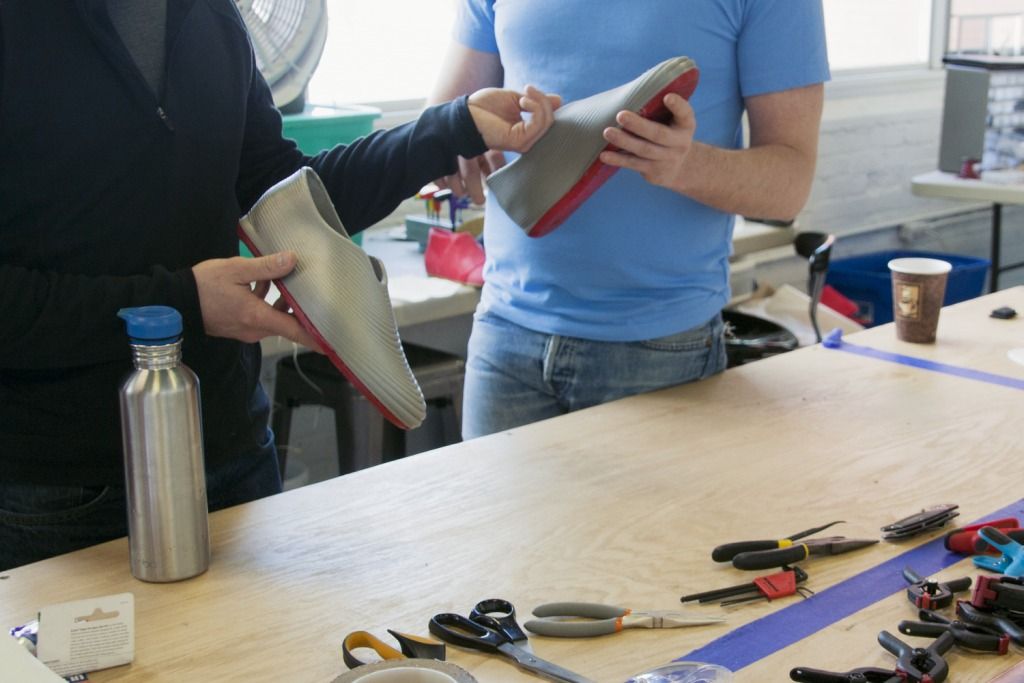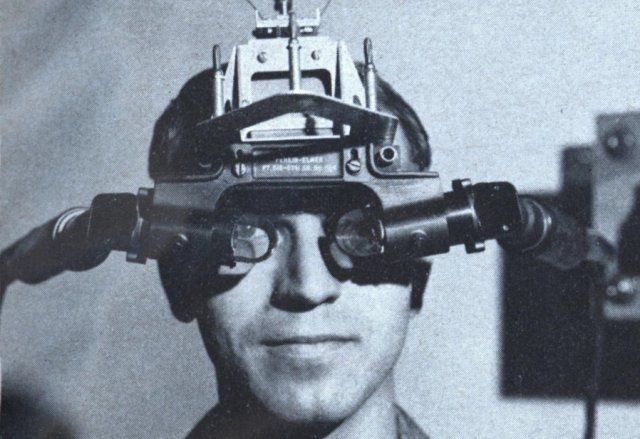Apr 3, 2015
What If We Had Another Earth?
Posted by Mark Nall in categories: futurism, habitats, robotics/AI, space, space travel, strategy
A realistic and desirable human destination would produce a different space program than what we have today.
“We reach for new heights and reveal the unknown for the benefit of humankind.” This is NASA’s Vision Statement. This is NASA’s reason for being, its purpose. This is a vision statement for science and knowledge. This vision statement was crafted in a solar system that has only one planet that is environmentally friendly to human life.
Thanks to the ongoing search for exoplanets, we’ve identified several planets in our galaxy that are Earth sized and in their star’s habitable zone. Based on statistics, potentially billions more are waiting to be found. We are just now developing the technology to detect them. But we’re nowhere near having the technology needed to get to visit them. They are simply too far away.
Now here is where I’d like to pose a what if question: What if there was another habitable planet just like Earth, right here in our own solar system? What would Earth’s space programs look like, if anyone with a good telescope could look up and see another world with oceans, and continents, and clouds, and green forests? I think that it is safe to say that space programs in this imaginary solar system would be vastly different than ours today. This is conjecture, but it seems likely that the vision statement above, would be more in line with making that new world available for humanity.
 Facebook’s ambitious plan to bring internet to the entire world with a fleet of broadband-beaming unmanned aerial vehicles has taken a step closer to fruition. The company’s vice president of engineering, Jay Parikh, told
Facebook’s ambitious plan to bring internet to the entire world with a fleet of broadband-beaming unmanned aerial vehicles has taken a step closer to fruition. The company’s vice president of engineering, Jay Parikh, told 














